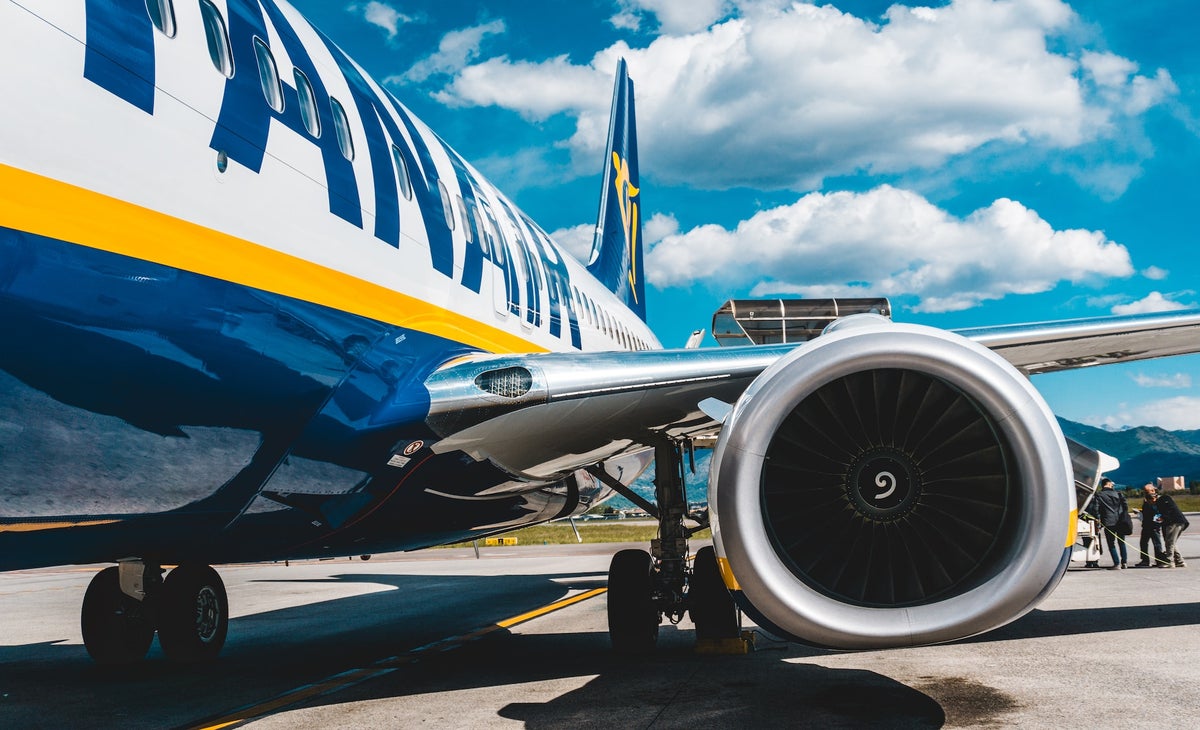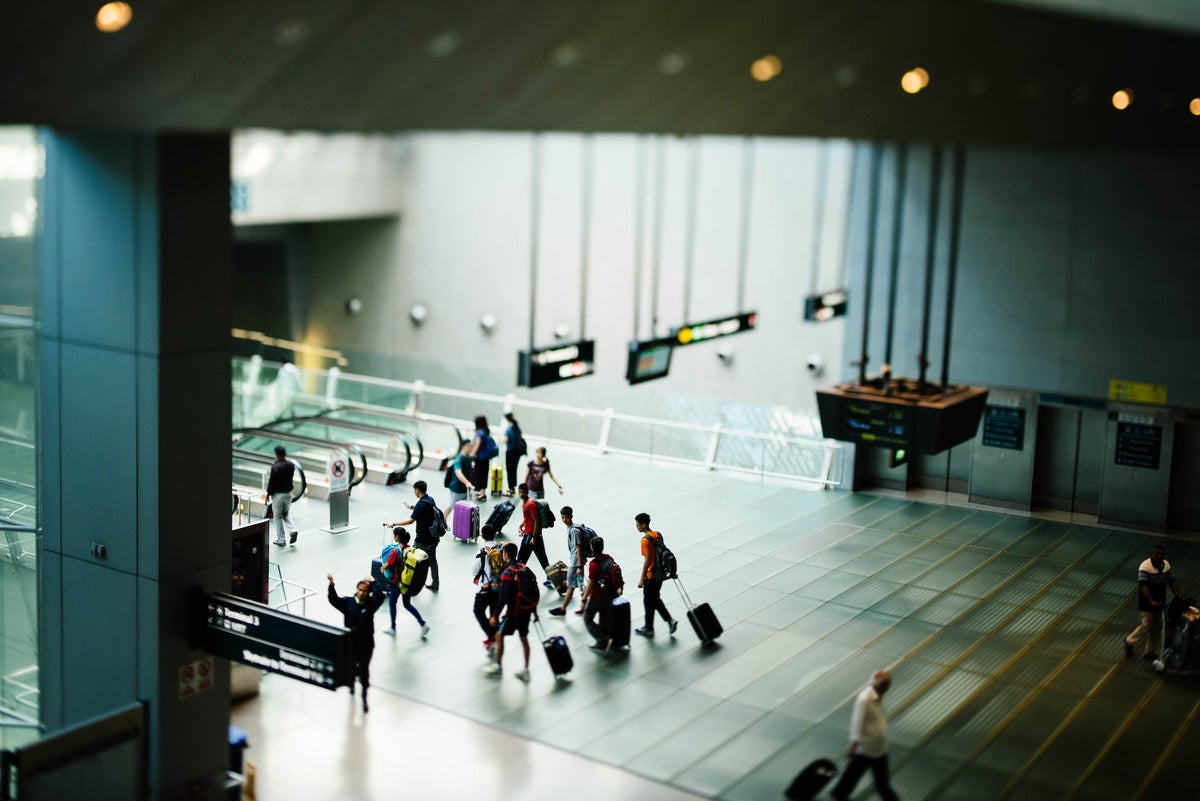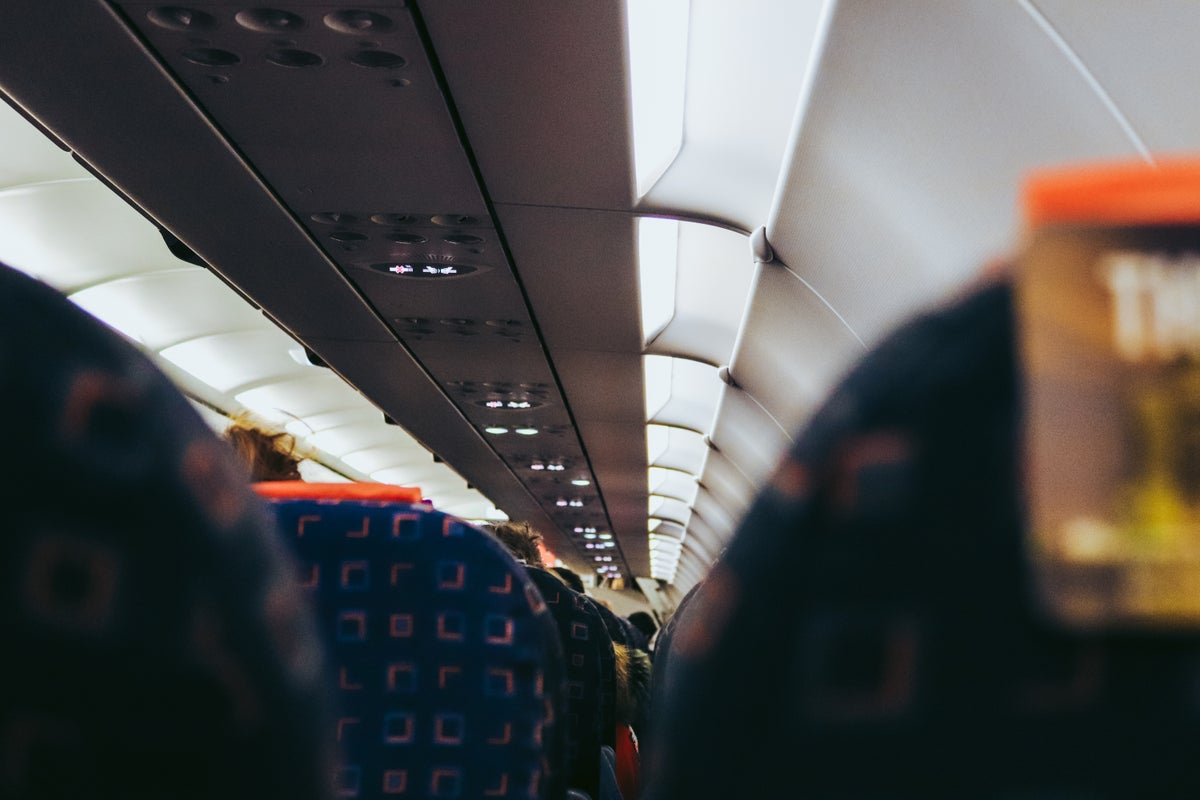Lori Zaino
Senior Content Contributor
64 Published Articles
Countries Visited: 58U.S. States Visited: 40
Lori is an intrepid traveler who loves creating itineraries that exude “luxe on a budget.” She’s written for CNN, NBC, The Infatuation, and more, and loves to muse about points-fueled trips to Sri Lan...
Edited by: Jessica Merritt
Jessica Merritt
Senior Editor & Content Contributor
116 Published Articles 572 Edited Articles
Countries Visited: 4U.S. States Visited: 23
A long-time points and miles student, Jessica is the former Personal Finance Managing Editor at U.S. News and World Report and is passionate about helping consumers fund their travels for as little ca...
& Keri Stooksbury
Keri Stooksbury
Editor-in-Chief
49 Published Articles 3421 Edited Articles
Countries Visited: 50U.S. States Visited: 28
With years of experience in corporate marketing and as the executive director of the American Chamber of Commerce in Qatar, Keri is now editor-in-chief at UP, overseeing daily content operations and r...
![12 Things To Know About Flying Low-Cost Airlines in Europe [2024]](https://upgradedpoints.com/wp-content/uploads/2023/08/EasyJet-plane.jpg?auto=webp&disable=upscale&width=1200)


